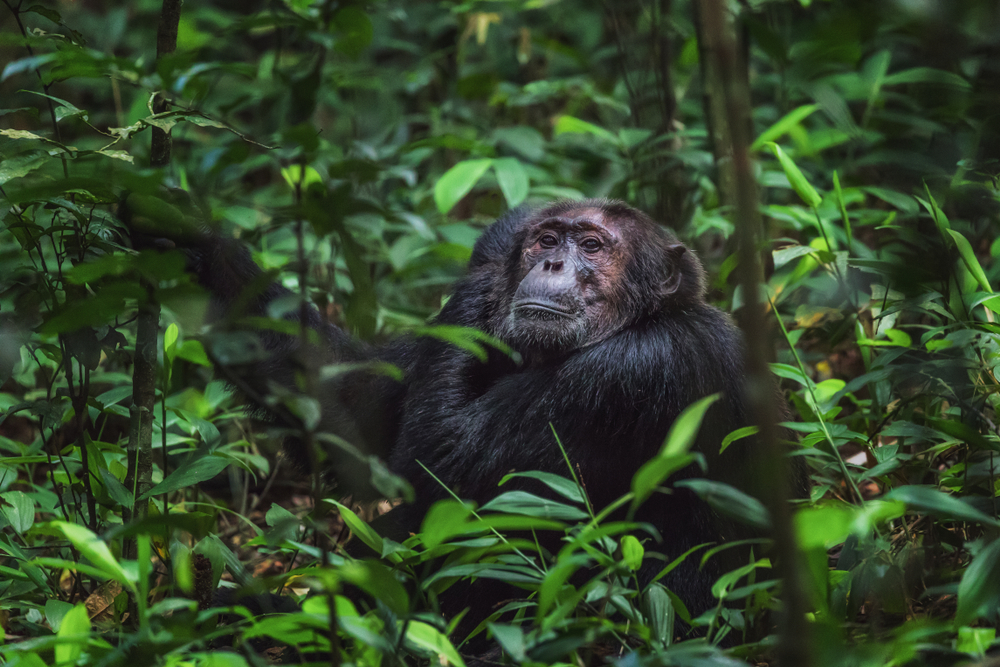Lake Mburo Overview
Lake Mburo National Park, known locally as Ekibira kya Mburo, is a compact yet vibrant protected area located in southwestern Uganda. Covering approximately 370 square kilometers (143 square miles), it is Uganda’s smallest savannah park but one of its most ecologically diverse. Situated between the towns of Masaka and Mbarara, Lake Mburo lies at the heart of the Ankole region, offering a unique mix of woodlands, grasslands, lakes, and wetlands that make it a popular stop for travelers seeking a serene and wildlife-rich escape.
The park is named after Lake Mburo, a stunning body of water that dominates the park’s landscape and provides a critical water source for its inhabitants. Alongside Lake Mburo, there are 13 other lakes in the area, five of which lie within the park boundaries, interconnected by swamps and seasonal rivers. These wetlands, combined with rolling acacia-dotted hills and patches of rocky outcrops, create a mosaic of scenic beauty that sets Lake Mburo apart.
Lake Mburo National Park is best known for its impressive populations of herbivores and birdlife. It is the only national park in Uganda where impalas can be found, and it also supports large herds of zebras, buffalo, and eland. Other antelope species, such as topi, bushbuck, and oribi, thrive in the park’s grassy plains, while hippos and crocodiles dominate the lakes and swamps. The park’s predators, including leopards and spotted hyenas, are present but elusive, making wildlife sightings particularly rewarding. The absence of elephants and lions allows for walking safaris, offering visitors a rare opportunity to experience the bush on foot.
The park is also renowned for its exceptional birdlife, with over 350 recorded species. Birdwatchers can look forward to spotting species such as the African fish eagle, pied kingfisher, and the rare African finfoot along the lakeshores. The wetlands provide a haven for waterbirds, including herons, storks, and the iconic shoebill stork, which is a prized sighting for enthusiasts.
Conservation in Lake Mburo National Park has been a key priority, as its proximity to human settlements has historically led to challenges such as habitat encroachment and poaching. Efforts by the Uganda Wildlife Authority, in collaboration with local communities, have resulted in significant progress. Initiatives such as community-managed tourism and wildlife corridors have helped reduce human-wildlife conflict and improve the livelihoods of surrounding communities, fostering a sense of ownership and responsibility for the park’s preservation.
Visitors to Lake Mburo National Park can enjoy a range of activities, including game drives, boat safaris on Lake Mburo, and guided nature walks. Horseback safaris, a unique offering in Uganda, allow for an intimate exploration of the plains, while cycling and birdwatching provide alternative ways to experience the park’s beauty. The scenic landscape, combined with abundant wildlife and the peaceful waters of Lake Mburo, makes this park a favorite for both wildlife enthusiasts and those seeking tranquility in nature.
In summary, Lake Mburo National Park is a compact yet captivating destination that showcases Uganda’s natural diversity. With its unique wildlife, stunning landscapes, and community-driven conservation efforts, it remains a must-visit for travelers exploring Uganda’s wild heart.














































































